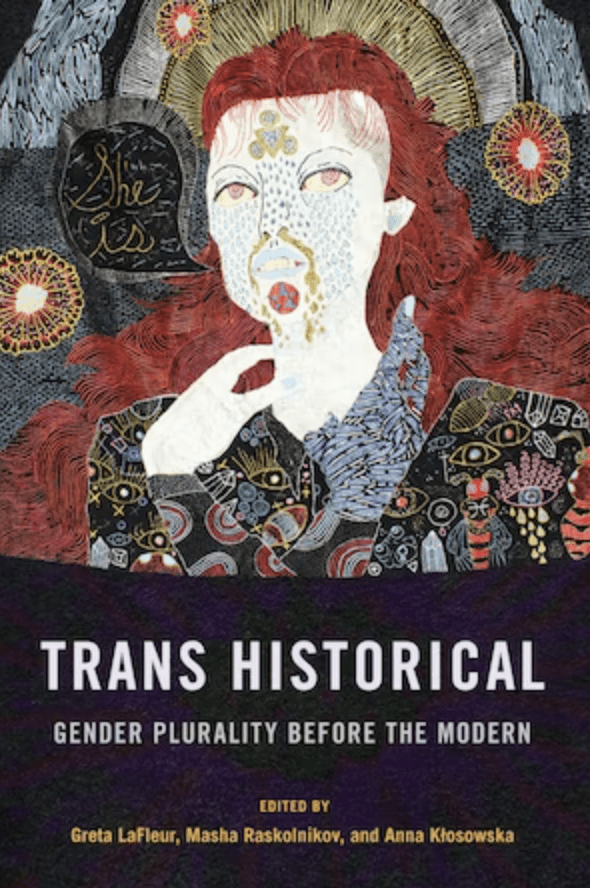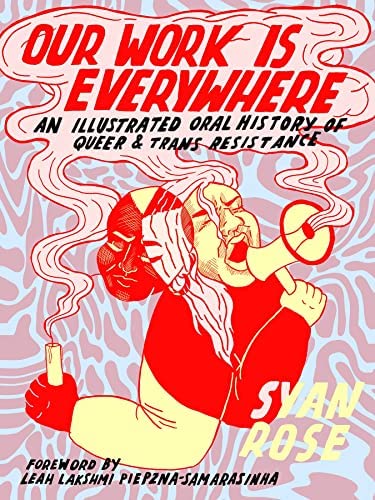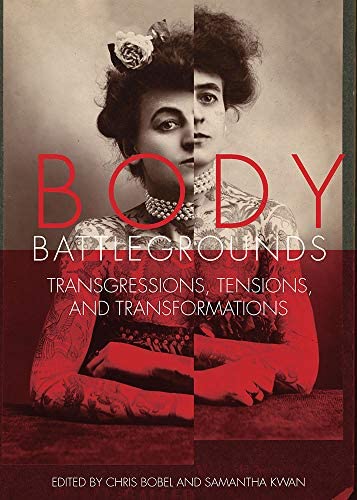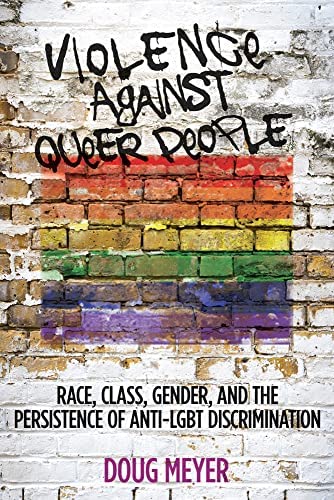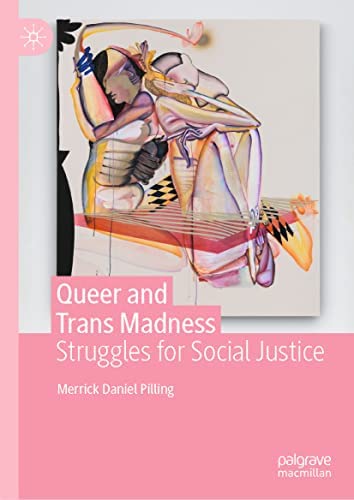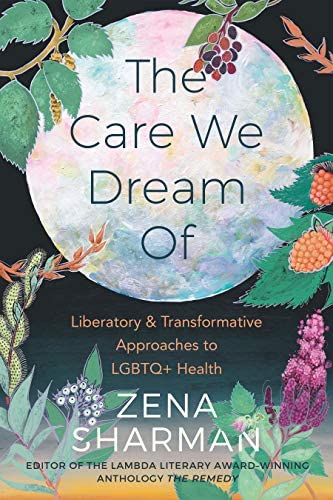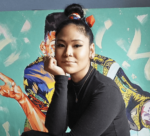Resources for Understanding: Addressing Violence Against LGBTQIA+ People
On Saturday, November 19, 2022, an armed person entered Club Q in Colorado Springs and opened fire. Five people were killed and 25 injured before club patrons disarmed and disabled the shooter. The mass shooting reverberated throughout the LGBTQIA community in Colorado and beyond. Club patron Joshua Sherman encapsulated the feelings of many when he said, “Our community is shattered…how are we going to feel safe here in our city?” (KRDO NewsChannel 13, 20 November 2022).
The shooting comes in a climate of inflammatory rhetoric, legislation driven by moral panic, and violence toward LGBTQIA people in the United States, much of it aimed at transgender and gender non-conforming people. According to the Human Rights Campaign, 31 transgender and gender non-conforming people were murdered in 2022. The HRC also reports that “25 anti-LGBTQ+ bills [have] been enacted, including 17 anti-transgender laws across 13 states. Overall, more than 145 anti-transgender bills were introduced across 34 states.” (An Epidemic of Violence, November 2022).
A week after the midterm elections, the Texas Legislature introduced “10 separate bills designed to criminalize gender-affirming care for trans youth, criminalize drag shows, ban trans kids in sports (again), limit changes to gender markers on the birth certificates of minors, and limit discussion of sexual orientation and gender identity in schools” (“The Texas Legislature Is Preparing an All-Out War on Trans People’s Existence,” 21 November 2022, Slate). Boston Children’s Hospital, Children’s Hospital of Philadelphia, and other healthcare facilities that offer gender-affirming care have been the target of multiple bomb threats during the summer and fall following concerted disinformation campaigns on social and broadcast media. (“Congressional leaders urge DOJ action after threats against Boston Children’s Hospital,” Boston Globe, 21 November 2022).
This resource guide is intended to provide context for the ongoing struggle for equality, and against hatred and violence for lesbian, gay, bisexual, transgender, queer, intersex, and asexual people. Additional resources, including links to primary source collections and databases focusing on LGBTQIA issues, can be found in the Gender, Sexuality, and Women’s Studies Research Guide.
Terminology and the power of language
This glossary is included to help provide a more detailed (though not comprehensive) understanding of these terms and their significance when encountered in the library resources listed below.
Please note it is important that each individual define themselves for themselves and, therefore, also define a term for themselves.
LGBTQIA+: An abbreviation for Lesbian, Gay, Transgender, Bisexual, Queer (or Questioning), Intersex, and Asexual. The ‘plus’ represents other sexual identities, including pansexual.
The first four letters of the acronym (LGBT) have been used since the 1990s, but in recent years there has been an increased awareness of the need to be inclusive of other sexual identities to offer better representation.
The addition of other identities to the LGBT acronym is important in recognizing and connecting marginalized identities to a larger community. Rather than being erased, ignored, or denied, acknowledgment can help foster greater visibility and recognition.
What does each letter mean?
- Lesbian: A woman who is emotionally, romantically, or sexually attracted to members of the same gender.
- Gay: A person who is emotionally, romantically, or sexually attracted to members of the same gender.
- Bisexual: A person emotionally, romantically, or sexually attracted to more than one sex, gender, or gender identity though not necessarily simultaneously, in the same way, or to the same degree.
- Transgender: An umbrella term for people whose gender identity and/or expression is different from cultural expectations based on the sex they were assigned at birth. Being transgender does not imply any specific sexual orientation. Therefore, transgender people may identify as straight, gay, lesbian, bisexual, etc.
- Queer: A term people often use to express fluid identities and orientations.
- Questioning: A term used to describe people who are in the process of exploring their sexual orientation or gender identity.
- Intersex: An umbrella term to describe a wide range of natural body variations that do not fit neatly into conventional definitions of male or female. Intersex variations may include but are not limited to, variations in chromosome compositions, hormone concentrations, and external and internal characteristics.
- Asexual: A person experiencing little or no sexual attraction to others and/or a lack of interest in sexual relationships/behaviors. Not the same as celibacy.
Related terms to know
- Nonbinary: A person whose gender identity is neither exclusively woman or man.
- Cisgender: A term used to describe a person whose gender identity aligns with those typically associated with the sex assigned to them at birth.
- Gender non-conforming: One whose gender identity or expression is outside or beyond the traditional masculine/feminine and woman/man norms.
- Genderfluid: Gender identity that is not fixed/static.
- Heteronormative: A worldview that frames heterosexuality as the standard ‘normative’ form of sexuality. It assumes that there are only two distinct, opposite genders and that sexual and romantic relations are most fitting between people of the opposite sex. This assumption of heterosexuality (and the alignment of biological sex, sexuality, gender identity, and gender roles) is created and maintained through repetitive representations of heterosexuality and heterosexual relationships in our society.
Referenced from:
- GLAAD Media Reference Guide List of LGTBQ+ vocabulary definitions
- The UC Davis LGBTQIA Resource Center Glossary
Resources from the UC Davis Library
Books
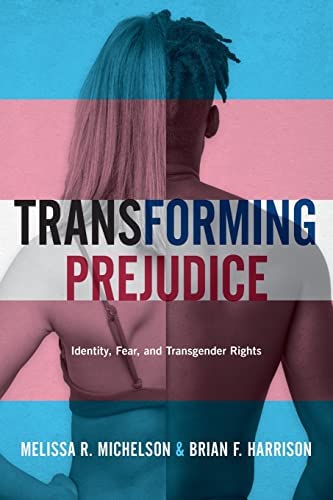
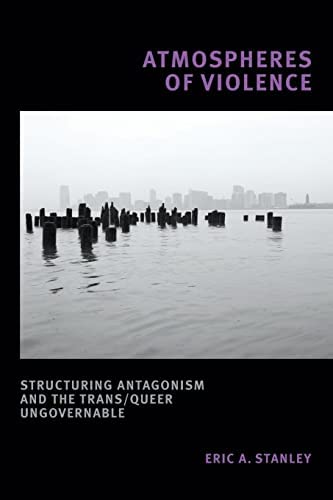
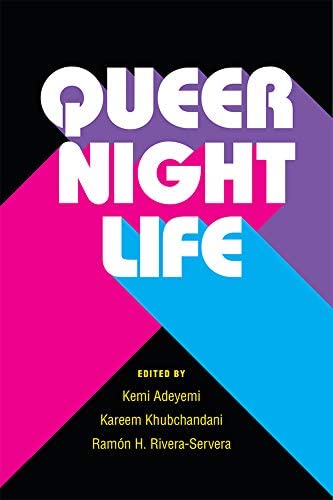
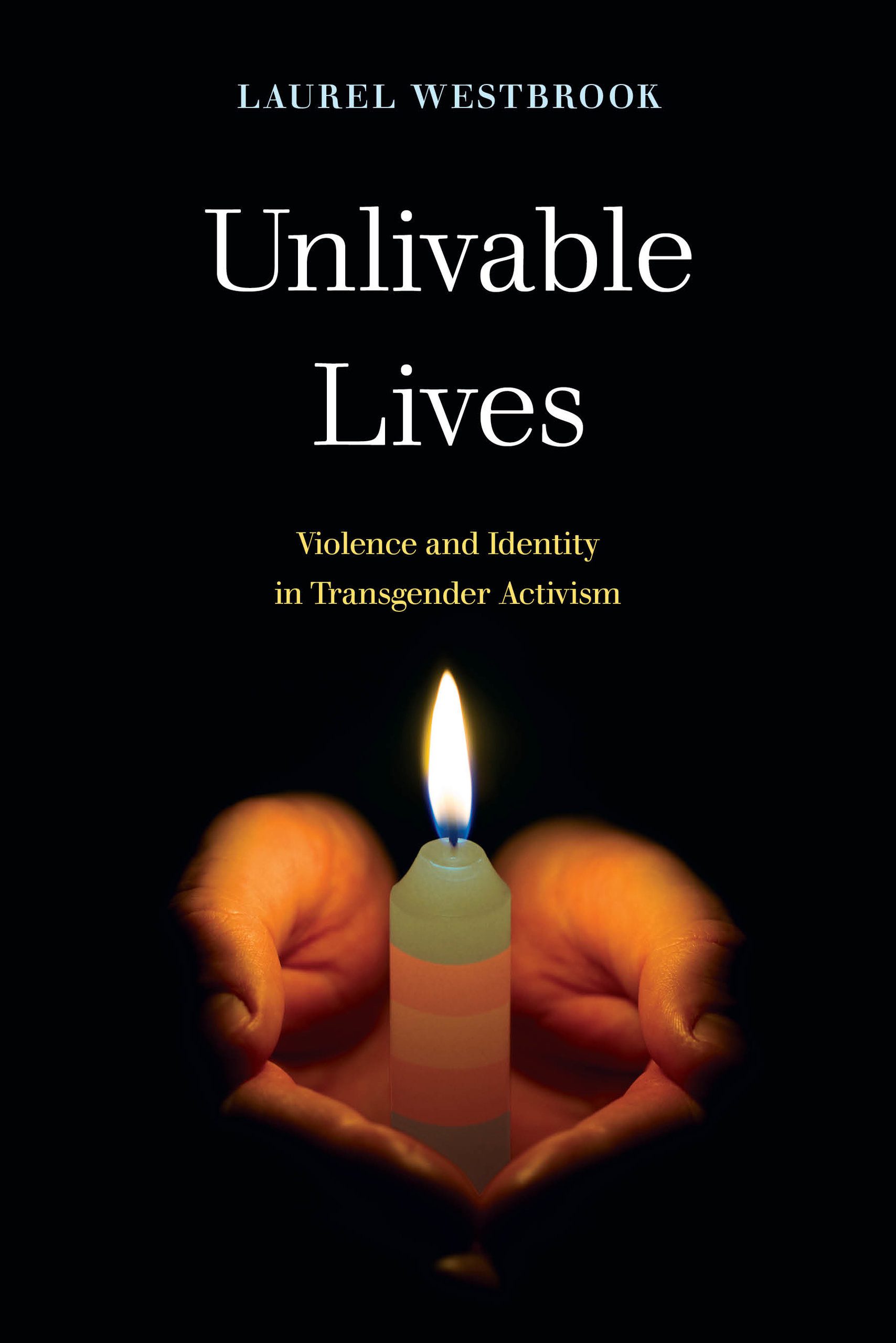
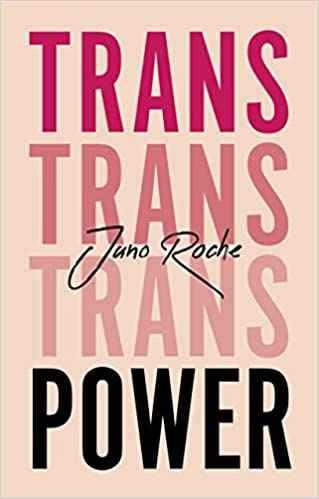

Films & Documentaries
Kanopy database (VPN required)
I am the Queen
Director, Josué Pellot. Cinema Libre Studio. 2010.
- In Chicago’s Humboldt Park neighborhood, the Vida/Sida Cacica Pageant brings together members of the Puerto Rican community. I Am The Queen follows Bianca, Julissa, and Jolizza as they prepare for the pageant. These trans women share stories of their transition, their relatives’ varying reactions, and how they find support from within the community. Family dynamics, cultural heritage, and personal identity all play a part in how the contestants face the daily struggle that comes from being true to themselves.
Out in the Night
Director, blair dorosh-walther. New Day Films. 2014.
- Under the neon lights in a gay-friendly neighborhood of New York City, four young African-American lesbians are violently and sexually threatened by a man on the street. They defend themselves against him and are charged. Three of the women plead guilty. But Renata, Patreese, Venice and friend Terrain claim their innocence. They are called a “Gang of Killer Lesbians” by the media. In activist circles, they become known as The New Jersey 4.
Growing Up Coy
Director, Eric Juhola. Outcast Films. 2016.
- In a highly conservative Colorado town, a pink-loving, pig-tailed six-year-old girl named Coy becomes the unlikely poster child for transgender rights, in a 2013 landmark case that is reverberating in state courts across the country.
Call her Ganda
Director, PJ Raval. Breaking Glass Pictures. 2018.
- When Jennifer Laude, a Filipina transwoman, is brutally murdered by a U.S. Marine, three women intimately invested in the case; an activist attorney, a transgender journalist, and Jennifer’s mother, galvanize a political uprising, pursuing justice and taking on hardened histories of U.S. imperialism.
